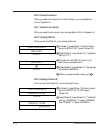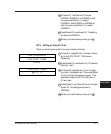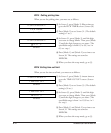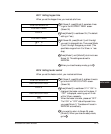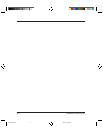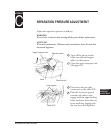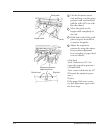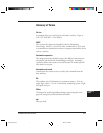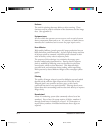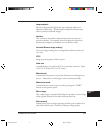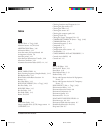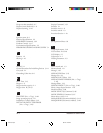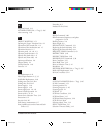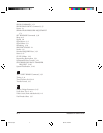
GL-2 M3099GX/GH OEM Manual
Endorser
The unit for printing characters before or after scanning. These
characters may be used for collation of the documents and the image
data. (See appendix A)
Equipment error
An error which the operator can not recover, such as optical system
alarm, temperature alarm and so on. It is necessary to make contact
manufacturer's authorized service center for paper repair service.
Error diffusion
High-quality halftone (pseudo-grayscale) image production base on
black-and-white pixel binarization. A pixel's optical density and that
of adjacent pixels are summed, with black pixels relocated in their
order of density as they relate to adjacent pixels.
The purpose of this technique is to minimize the average error
between readed and printed densities. Density data for adjacent
pixels is modified by diffusing errors on the objective pixel into
several pixels, which are than binarized. This maintains high
grayscale levels and resolution during reading, while suppressing
moire patterns by dotted halftone images such as newspaper photo
graphs.
Filtering
The quality of images written in pencil or ballpoint pen and readed
depends on the reflective light characteristics of the ink or lead.
Dropped pixel's may produce out lines, gaps, or thin, barely
connected lines due to even optical density. Filtering detects areas
lighter than their surroundings and increases their density to improve
image clarity.
Hexadecimal
A base-16 numbering system (also commonly referred to as hex
numbers). Since a base-16 system requires 16 digits, numbers 0
through 9 and letters A through F are used. It is convenient to
express binary numbers in hexadecimal because fewer digits are
required.
#Z1 Glossary.pm5 98.2.22, 2:43 PM2



